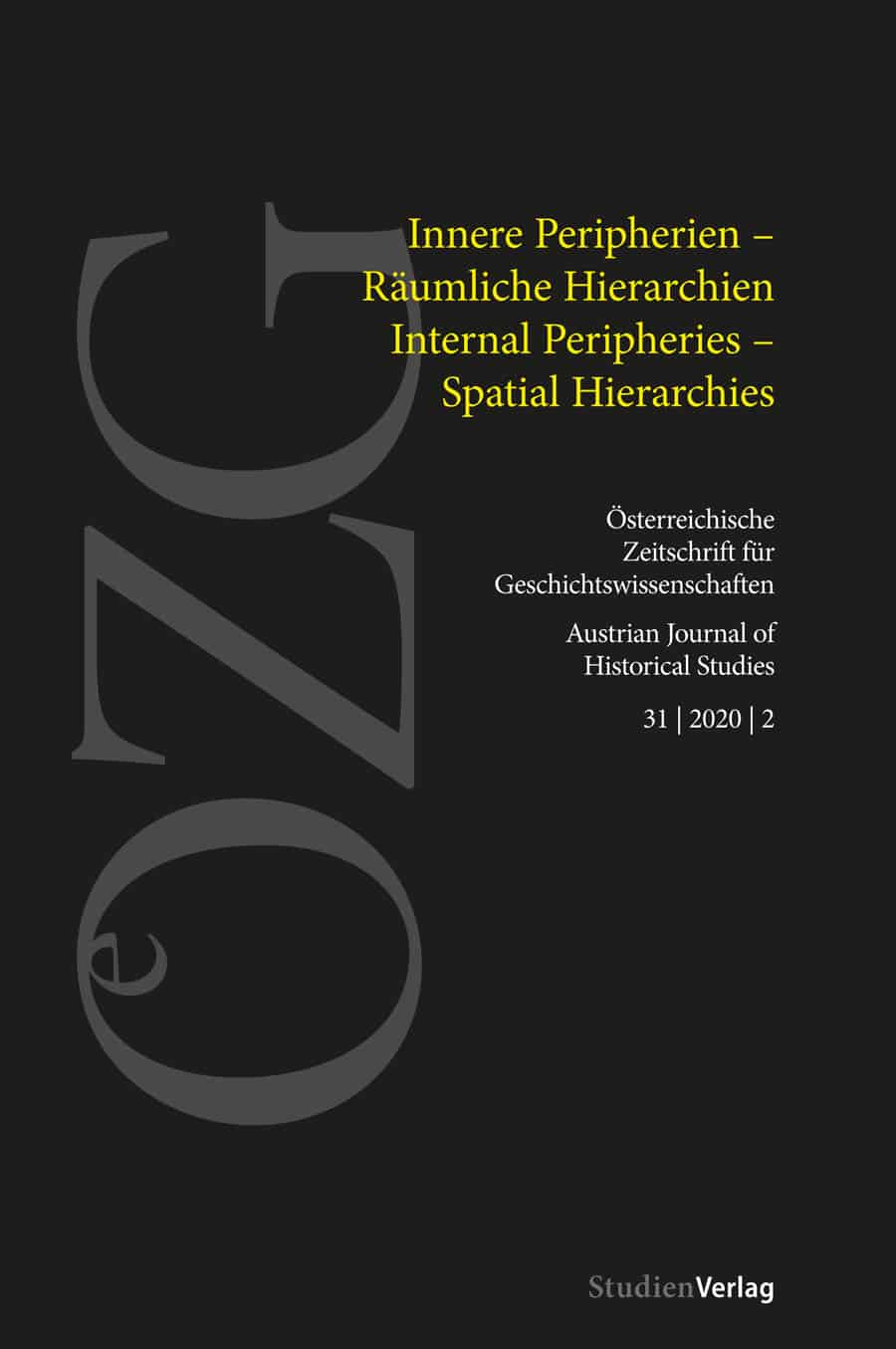Innere Peripherien im räumlichen Mehrebenensystem
Das habsburgische Beispiel im 19. und frühen 20. Jahrhundert
DOI:
https://doi.org/10.25365/oezg-2020-31-2-5Schlagworte:
Habsburg Monarchy, Austrian Lands, Bohemian Lands, Hungary, Lombardy, inequality, core – periphery, core-formation – peripheralisation, internal periphery, backwardness, catching-up, regional development, Austro-Hungarian compromiseAbstract
This contribution analyses processes of core formation and peripheralisation in the Habsburg Monarchy, focusing on political, economic and cultural factors and their interplay in various provinces of the Empire. It also discusses strategies of overcoming regional imbalances: on the one hand considering fiscal redistribution and regional autonomy within the Empire, and on the other the strife for secession and national independence. New state building was only an option for provinces with a majority of non-German or non-Magyar inhabitants (e.g. Poles, Italians, Serbs, Czechs), whereas peripheral regions within the cores lacked this possibility. In the post-Habsburg successor states existing imbalances and dependencies underwent reconfiguration according to the new international framework. Peripherality can thus be considered as a relation that takes different forms, according to scale, size and unit of analysis.
Downloads
Veröffentlicht
Zitationsvorschlag
Ausgabe
Rubrik
Lizenz
Copyright (c) 2020 Österreichische Zeitschrift für Geschichtswissenschaften

Dieses Werk steht unter der Lizenz Creative Commons Namensnennung 4.0 International.


